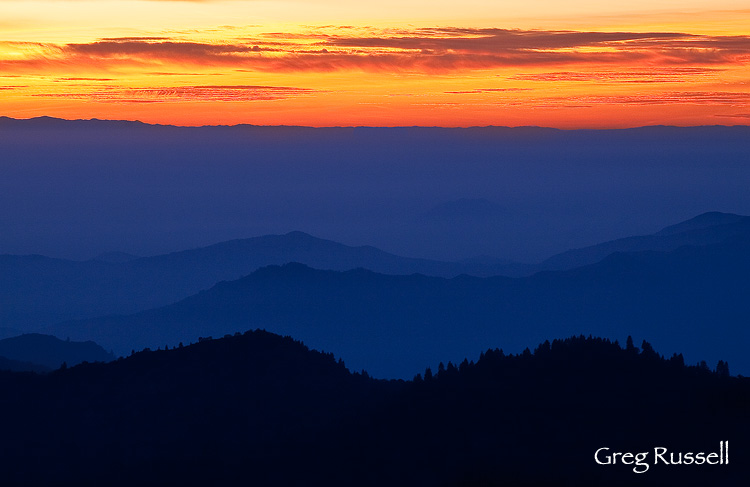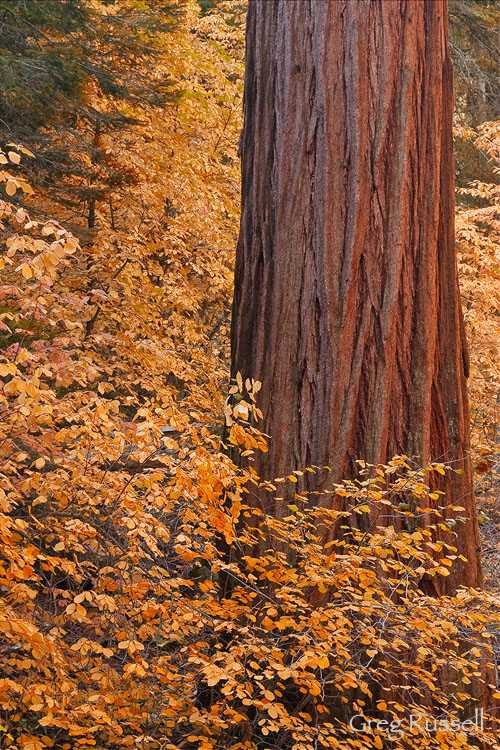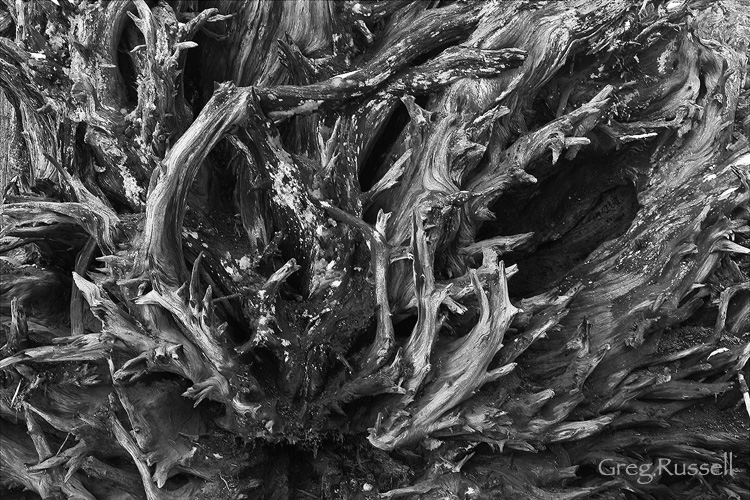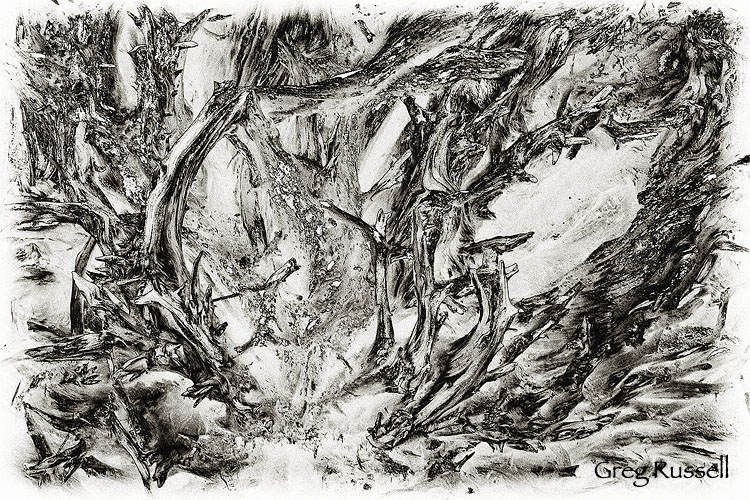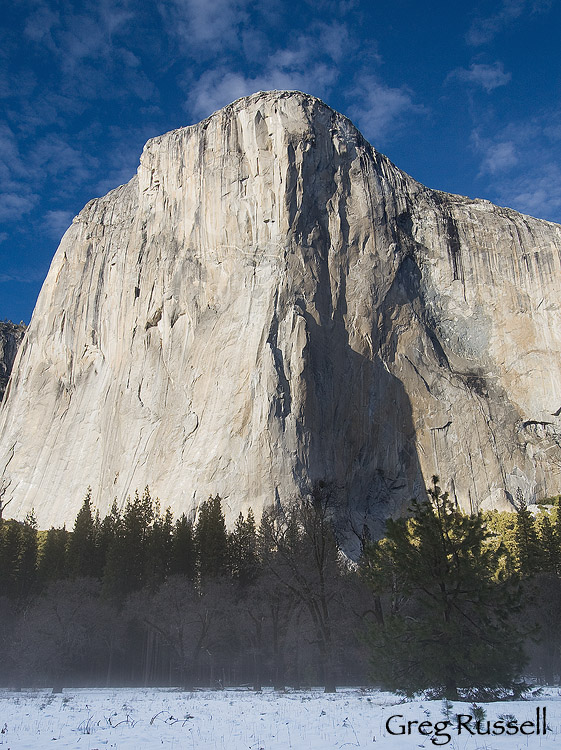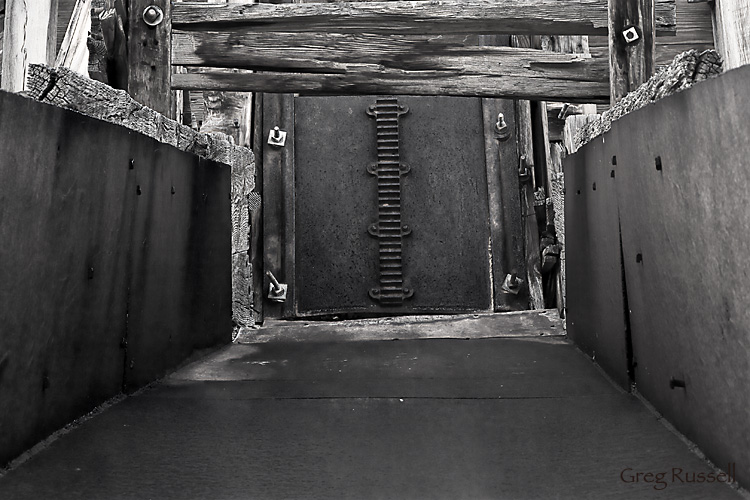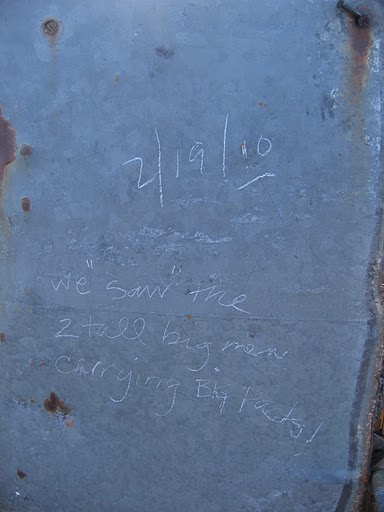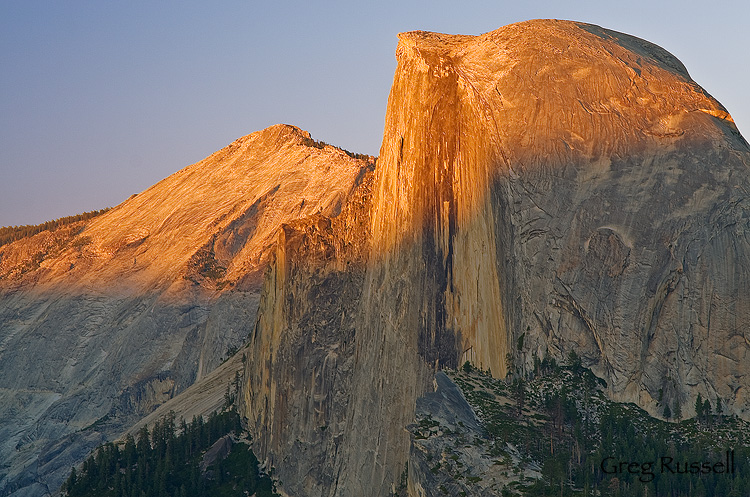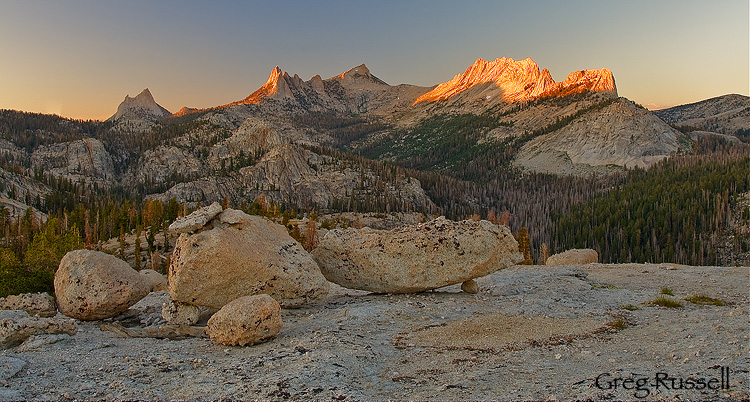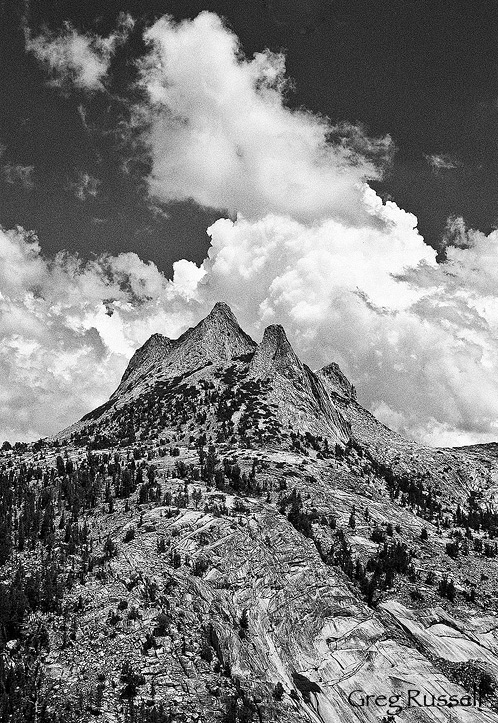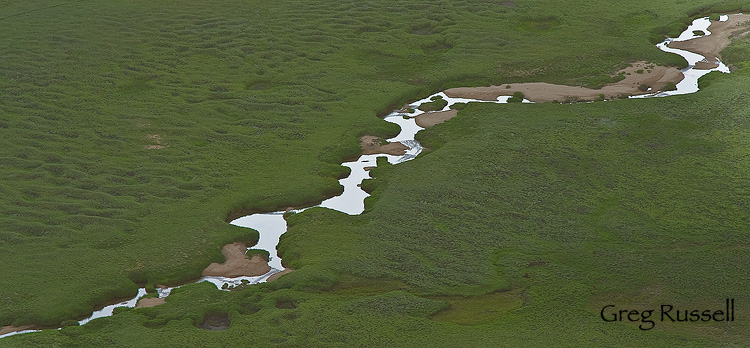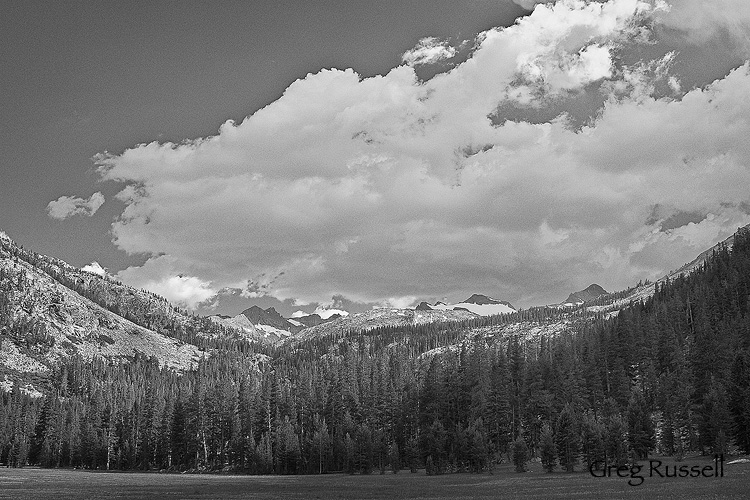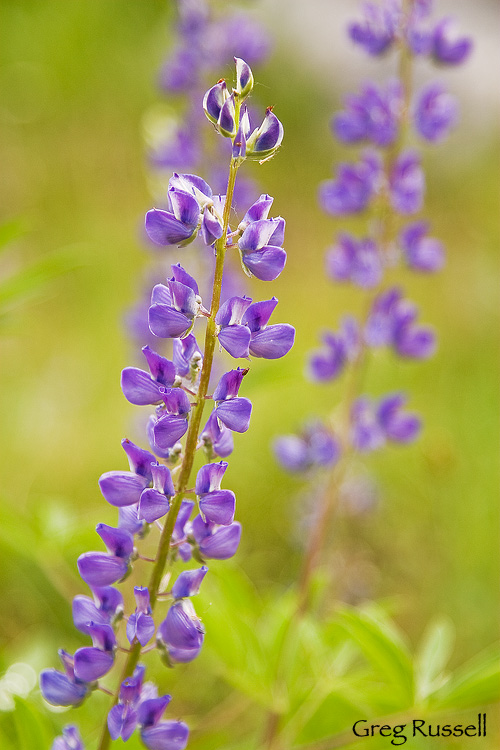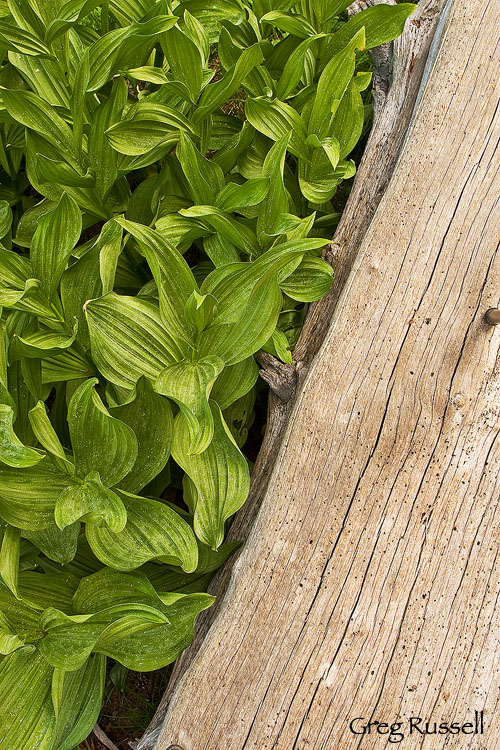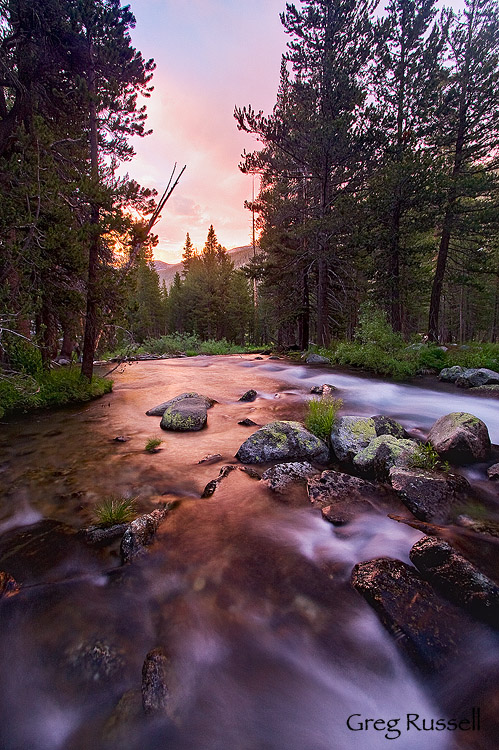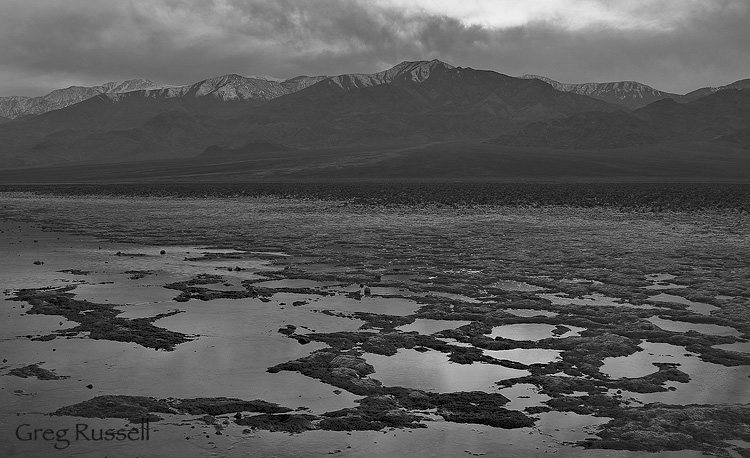Last week, a friend and I headed out to Joshua Tree National Park to continue our search for kangaroo rats. Also, partly due to the hot temperatures in the Mojave Desert (110°F+), we also were treated to some magnificent thunderstorms over the mountains and desert. Indeed, it felt really good being back in some weather. At times, thunder and lightning were within 1/2 mile of us, and I had forgotten how much I missed the smell of a summer thunderstorm.
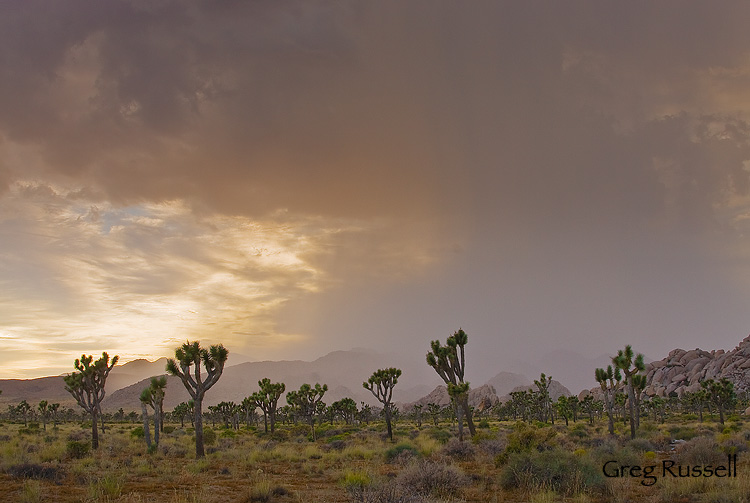
August Thunderstorm, Joshua Tree National Park, 2010
As the sun neared the horizon, I got what I had been hoping for: a magnificent sunset. Even though the light show didn’t last long, it was one of my favorite times as a photographer: a state of suspended animation where time seems to slow to a halt. It was one of those times when you almost forget to be a photographer and stare at the sky with your mouth open.
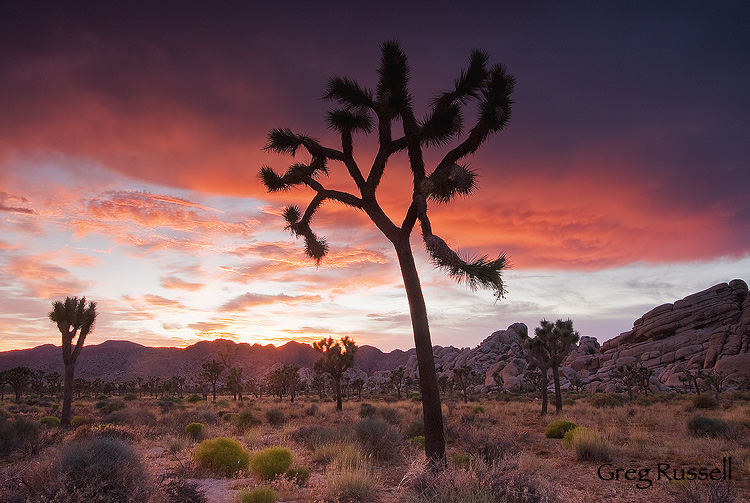
Fiery sunset I, August 2010
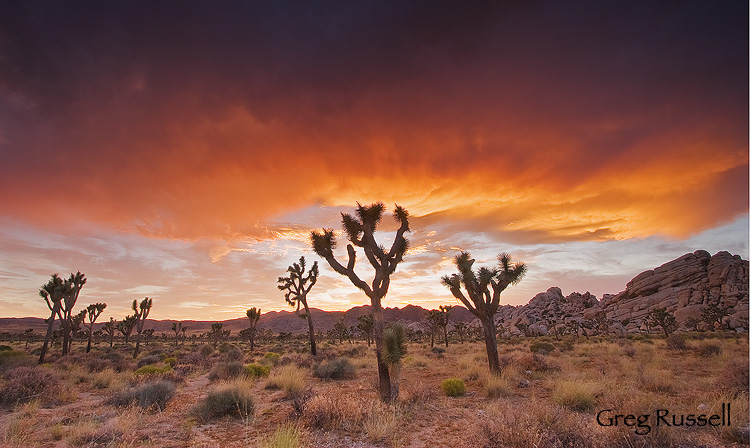
Fiery sunset II, August 2010
After the show ended, we started a drive through the park, hoping to find some critters along the road…kangaroo rats, snakes, toads, or anything else. Indeed, we found something very interesting (and unexpected): Common Poorwills (Phalaenoptilus nuttallii). Poorwills are nocturnal birds that roost on the ground, flying straight upwards to catch insects. We found several Poorwills in a short distance and decided to use my car to drive close to them, hoping to photograph them. It was at this point we added the “mis-” to our adventure.
In trying to get the Poorwills to cooperate, I had my car engine off for five minutes but left my headlights on. Yeah, you can see where this is going. Or can you?
After doing that, i started my engine and drove around for a few minutes. I shut my engine off again a few minutes later (headlights also off), while we photographed a Poorwill along side the road. However, when I tried starting my engine again, nothing happened. It simply didn’t make sense, but I could only assume that I hadn’t run the engine long enough for the alternator to recharge the battery. Maybe the starter motor had broken. Whatever was happening wasn’t good–it was late (about 9:30pm) and we were not on the main park road.
We managed to get the car into neutral and to the main road. After this, we waited. It took about 1.5 hours for someone to drive by. Unfortunately, he didn’t have jumper cables, and I had moved mine to my wife’s car only a few days before this trip. The gentleman who stopped did offer to call our wives once he had cell service. At least they wouldn’t flip out when they woke up the next morning to missing husbands!
My wife did call a wrecker, which showed up at our location about 2 hours later. The driver gave us a jump start, and we were on our way, laughing about lessons learned, arriving home about 3am, without photos of kangaroo rats.
What does one do when waiting for help in the middle of the night? This photographer takes photos.
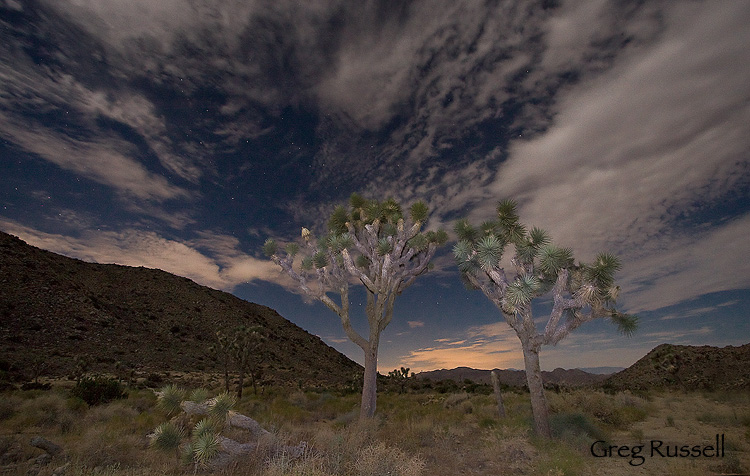
Waiting for a tow, August 2010
Oh, and just to prove there actually was a nocturnal bird at fault for our misadventure, here you go:
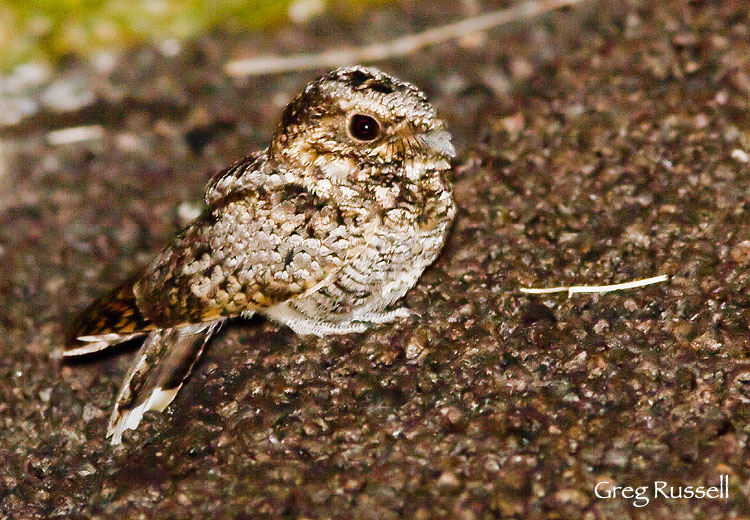
Common Poorwill (Phalaenoptilus nuttallii), August 2010

